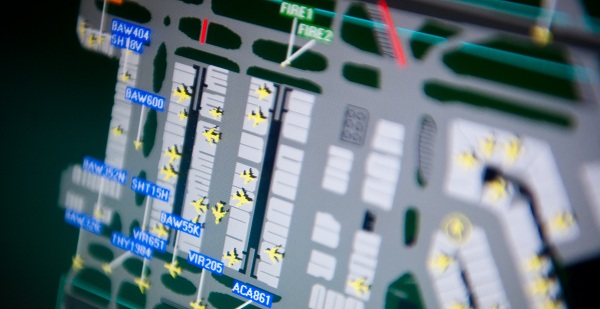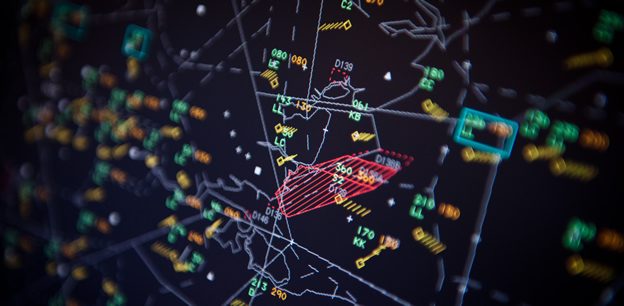The use of data to improve performance is nothing new – big data has been the buzzword of the technology industry for a long time.
Lots of companies have dedicated a huge amount of effort and resource in recent years to finding the best ways to get data, analyse it and use it to improve performance or their offering to customers. From sports such as Formula 1 using real-time data to constantly analyse performance, the competition and devise strategy, through to retail and loyalty cards using big data sets to predict the future, provide better experiences and offers for their customers based on modelling their habits and preferences, getting your hands on good data and using it effectively is at the heart of many of today’s industries.
The aviation industry uses data in some areas better than others but there’s definitely more we can do. Some of the challenges we face are technological and unique to the aviation industry – for example finding a reliable way to regularly transmit data from aircraft at 30,000ft to the ground. However, some of the challenges are cultural – about recognising the value data can provide, ensuring we share data and using that data to improve decision-making.

Having better access to data and, importantly, sharing it will transform the way we manage air traffic. We have some examples of this that hint at what might be possible: our joint cross-border arrival management (XMAN) work to reduce stack holding at Heathrow, which uses System Wide Information Management (SWIM) to share data between organisations, and the recent introduction of Time-Based Separation at Heathrow indicate the improvements that can be gained from use of real-time data.
Still, we need to build on this. The opportunities are huge. I spoke at a Digital Summit organised by the Welsh Government recently on the notion of digital in the skies; I truly believe that the future of air traffic management, and the way we’ll be able to safely manage growth in air traffic while at the same time improving environmental performance, is by using real-time data to improve performance.
Utilising increased computation power to predict the future in four dimensions, creating more efficient flight profiles and empowering airspace users to take user-preferred routes; exploiting new data sources and fusing data to increase surveillance reach and fidelity; sharing information in real time to increase network wide performance and efficiency; exploiting access to real-time data to improve weather resilience. All of these are examples of where real-time data can help us to improve the service we offer airspace users and make better use of our airspace, further improving safety, reducing environmental impact and saving fuel, time and money.
We know there is still much work to do until we have all the technologies in place and working but real-time big data is on its way to ATM and the sooner we can make it happen, the better.
Comments
Please respect our commenting policy and guidelines when posting on this website.




02.07.2015
10:28
Mike
Interesting.
I asked NATs to “share” data pre and post Next Gen Flight trials (over Ascot) for analysis.
They ignored my request.
Oh – you mean you only want to share with people you want to share with.
02.07.2015
10:40
Bernard Asare
Could not agree with you more, Simon!!